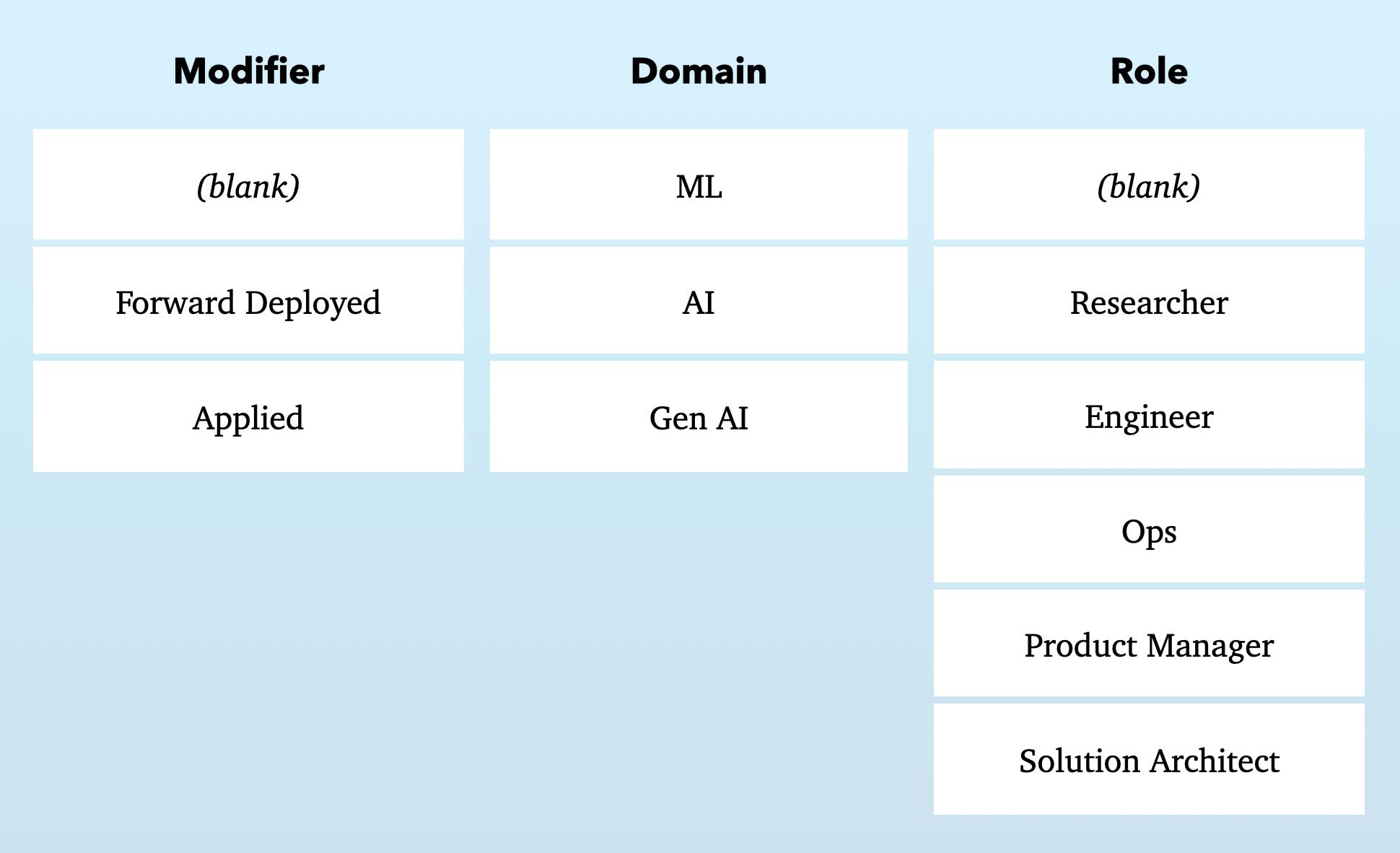Software Rot: Is It the Software or the Environment?
Software rot is generally attributed to software degradation due to a changing environment. A program from a decade ago might not work with newer libraries due to incompatibility. A better approach focuses on the reliability of the software's dependencies. Building on stable platforms like DOS or NES, with static specifications, avoids constant maintenance. Conversely, software built for constantly evolving platforms like Linux may cease to function after a decade or two, requiring extensive media archaeology to restore.
Read more













